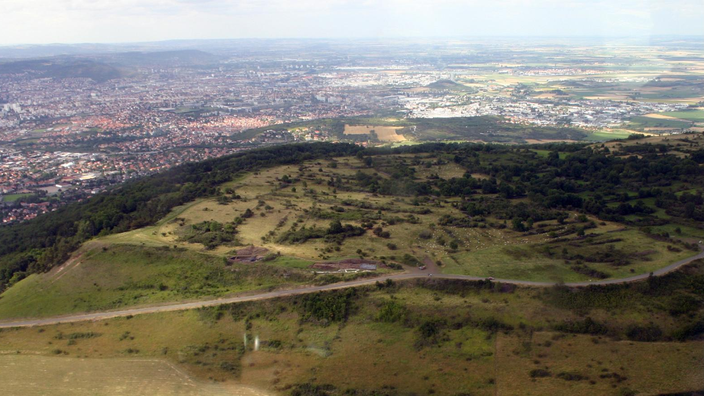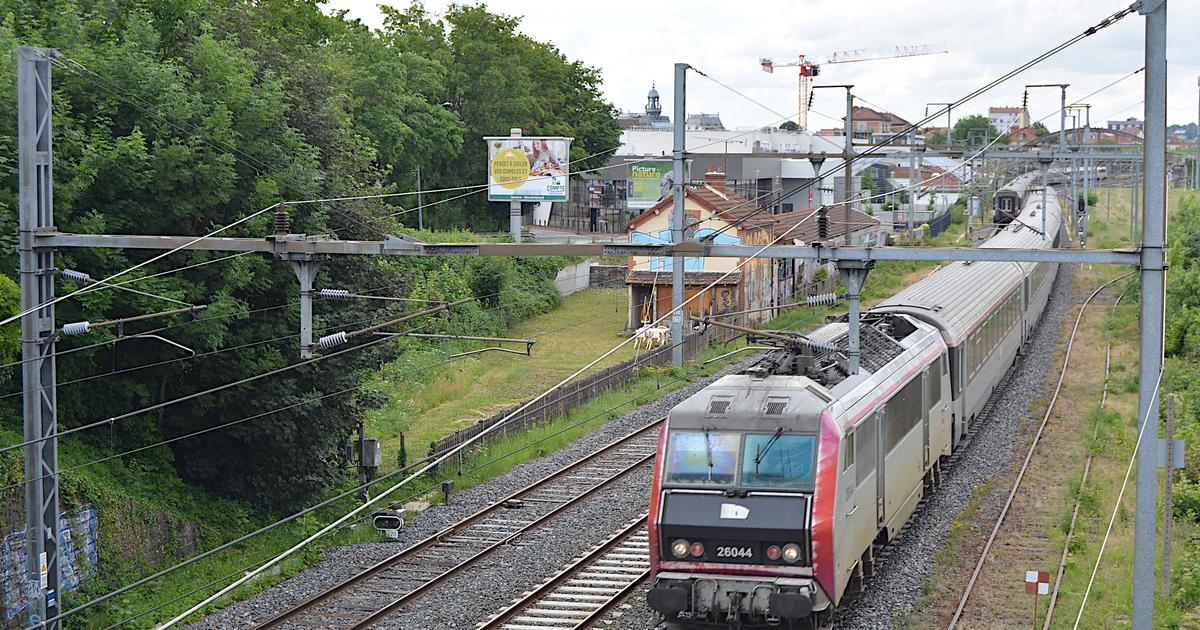An "
exceptional
"
child's grave
, 2000 years old, was discovered near Clermont-Ferrand airport, in Aulnat (Puy-de-Dôme), announced Thursday the National Institute for Preventive Archaeological Research (Inrap ).
About a year old, the young deceased was buried at the beginning of the 1st century in a wooden coffin 80 centimeters long "
revealed by the presence of numerous nails and an ornamental iron plate
", specifies Inrap in a press release.
Read also: Buried in the silt of the Rhône valley, the remains of an abbey resurface
This discovery took place in December as part of preventive excavations carried out by archaeologists from Inrap on the prescription of the State and the Drac Auvergne-Rhône-Alpes, upstream of the installation of a living base of construction site at the airport.
Numerous offerings to the deceased were unearthed around the coffin: about twenty containers and pieces of butchery including half a pig, three hams, other portions of pork and two beheaded hens.
Miniature vases and glass balsamaria probably containing cosmetic or medicinal products have also been discovered.
The collar of a dog with a bell
This burial is “
atypical in view of the profusion of vases and offerings.
In this type of tomb, one or two vases are often found at the foot.
Here, there are about twenty, as well as abundant food deposits
, ”Laurence Lautier, head of airport searches, told AFP.
This "
reflects a certain social status, a family that is certainly very rich
", she added.
Archaeologists also unearthed an iron hoop associated with a metal rod, in fact a game "
which existed at the time but had not been discovered in a burial
", according to her.
Near the child, a dog skeleton was also found in “
an accompanying grave
”.
Such an association was common at the time, but the discovery of the animal's collar and its bell "
are very new
", underlines Inrap.
Finally, a deposit "
as small as it is moving was placed on a fragment of a shell: a baby tooth lost by an older child, perhaps that of a brother or sister of the young deceased
".
The burials of young Gallo-Roman children are often located outside the community funeral space and sometimes even near the family hearth, details the institute.
This discovery “
gives us indications on the interpretation of buildings located nearby, certainly a villa,
” explained Laurence Lautier.
Carried out over 3.5 hectares, the excavations reveal habitats from the Iron Age, Antiquity, the High Middle Ages and modern times.
Started in November, they are due to end in February.















